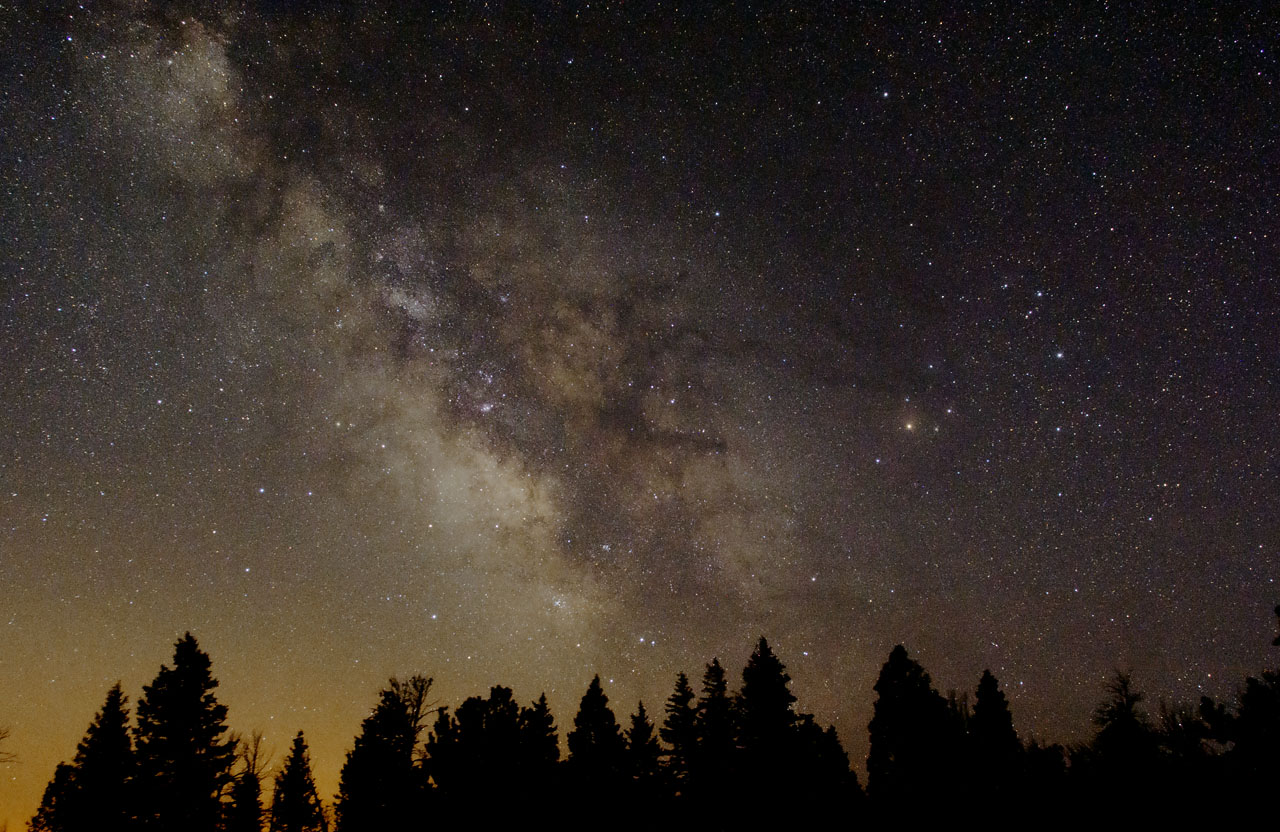Nerdycameraguy
New member
- Messages
- 4
- Reaction score
- 0
I saw some very technical discussions on this site about lens diameter vs aperture for astrophotography but that stuff is way over my head. Here is my question: Comparing 2 kit lenses for Nikon: 18-55mm vs 18-140mm, the 18-140 has a significantly larger diameter front end (more light gathering?). Both are f3.5. So is 18-140 better than 18-55 at 18mm end for photographing milky way? or the same? I am planning a Milky way shoot and wanted to know which lens i should take.





